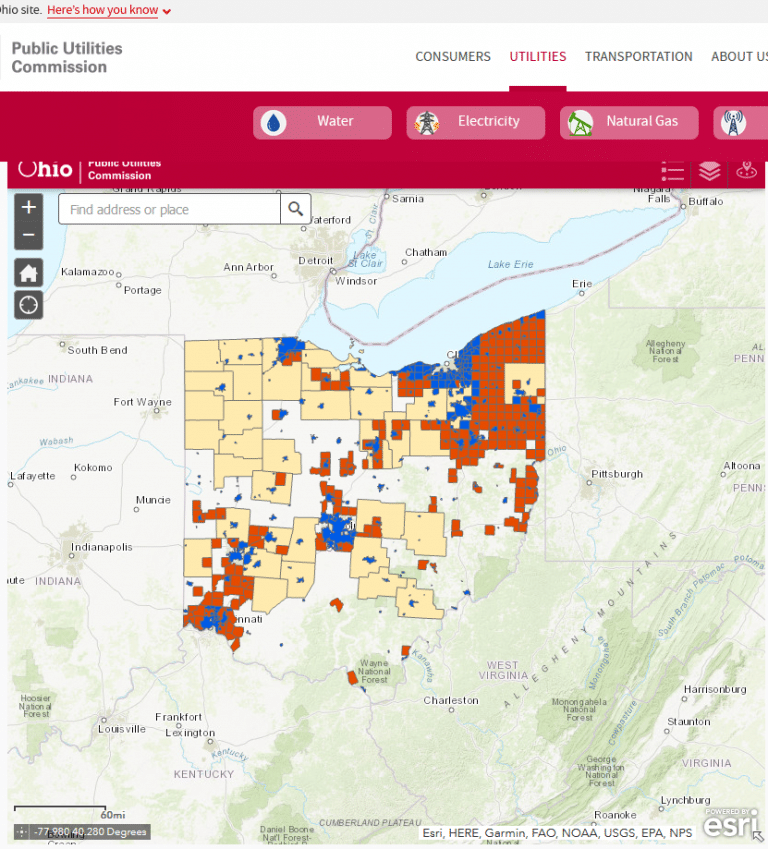
Community aggregation programs have been a hot topic lately as many friends and family have asked about the electric rate increase coming this summer. The first question: “Are you part of an aggregation program?” Um…. What’s that? Here we go!
I was going to write a simple post to explain what community aggregation programs are and how they are beneficial. This Tips post has been one of the most difficult to write because of the amount of information out there and it’s clear why people do not understand these programs better. Searching “Community Aggregation programs in Ohio” led to information from suppliers, organizations that run community aggregation programs, news articles on the benefits of these programs, news article that show issues of these programs, and the Public Utility Commission of Ohio (PUCO) who regulates this, and more. Down the rabbit hole I went.
In 2001, the deregulation of utilities in Ohio opened up the opportunity for many consumers to choose their utility providers. Community aggregation programs allowed consumers to join together into larger groups, instead of acting as single consumers so they could gain greater control over their utility services. Currently, the majority of Ohio has passed community aggregation plan legislation, including the three largest cities: Cleveland, Columbus, and Cincinnati. NOPEC, SOPEC, and NOAC are options for many in the smaller communities in Ohio. To gain a better understanding of the community aggregation landscape in Ohio, refer to the map below from PUCO which shows all communities that have passed community aggregation plan legislation.

Community aggregation programs are a ballot measure that allows the citizens of a particular community decide they want to join together to either get a better utility rate or get a comparable rate with a percentage from renewable or clean energy sources. Clean energy refers to energy produced from renewable and carbon-free sources that emit little-to-no greenhouse gas emissions, including solar, wind, hydropower, geothermal, waste heat, and biomass fuel energy. The majority of programs in Ohio are opt out programs, which means you will be notified that you are part of the program unless you choose (by notifying the utility) to opt out.
Ohio has been a leader in the implementation of community aggregation programs. These programs have been successful in providing lower electricity rates to consumers, increasing the use of renewable energy sources, protecting against price volatility, and promoting local economic development with some areas generating their own renewable energy.
Community aggregation programs in Ohio have proven to be beneficial, particularly in terms of reducing electricity rates for consumers. By joining together, communities can negotiate lower rates from electric suppliers and, in some cases, require a certain percentage of the purchased electric be from renewable energy or clean energy. As a result, residents and businesses can save money on their electricity bills, which can help to reduce the cost of living and stimulate the local economy. This is especially important now, as many electric utility companies are planning to significantly increase electric rates this summer.
As I mentioned before, in addition to lower rates, many community aggregation programs in Ohio are also designed to increase the use of renewable energy sources. These programs often include provisions for the purchase of renewable energy credits or the construction of new renewable energy facilities. This helps to reduce the community’s carbon footprint and support the growth of the clean energy industry.
The final benefit we are going to discuss is the protection community aggregation programs provide against price volatility and market fluctuations. This is especially relevant right now, as many are facing a significant rate increase this summer. We discussed the why behind this increase in March (Electricity Price Increase There is Still Time). Community aggregation programs help to shield consumers from these fluctuations by negotiating fixed rates for electricity.
Community aggregation programs have been a benefit to the communities they serve.
